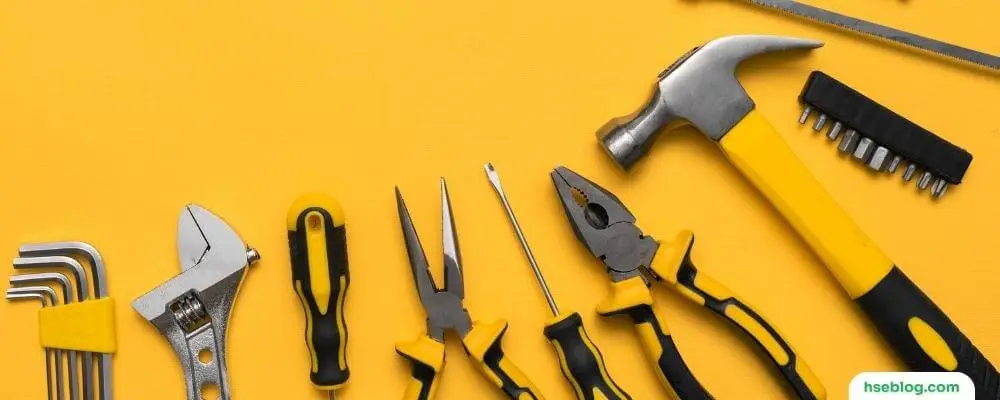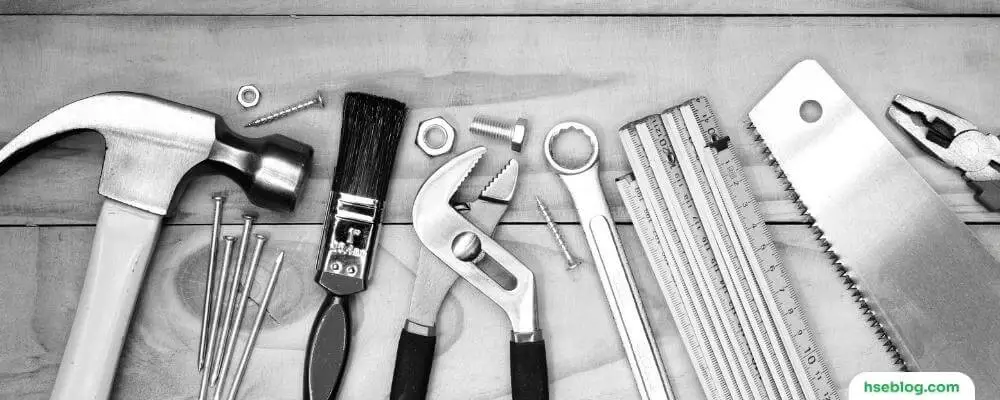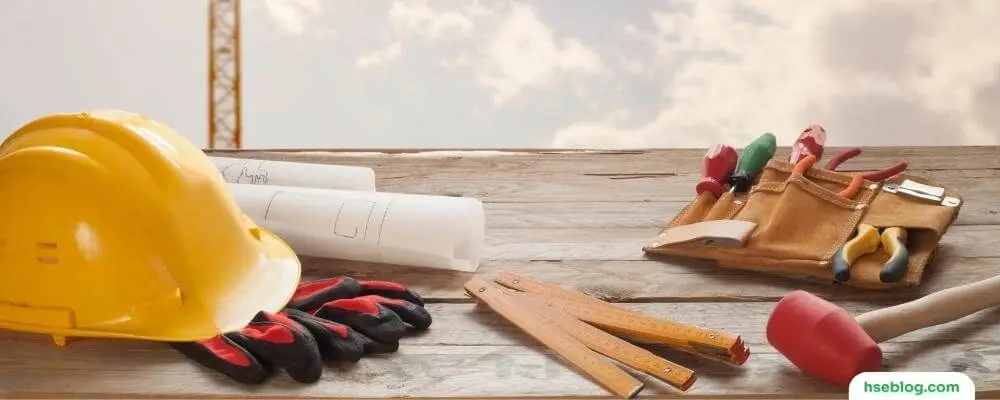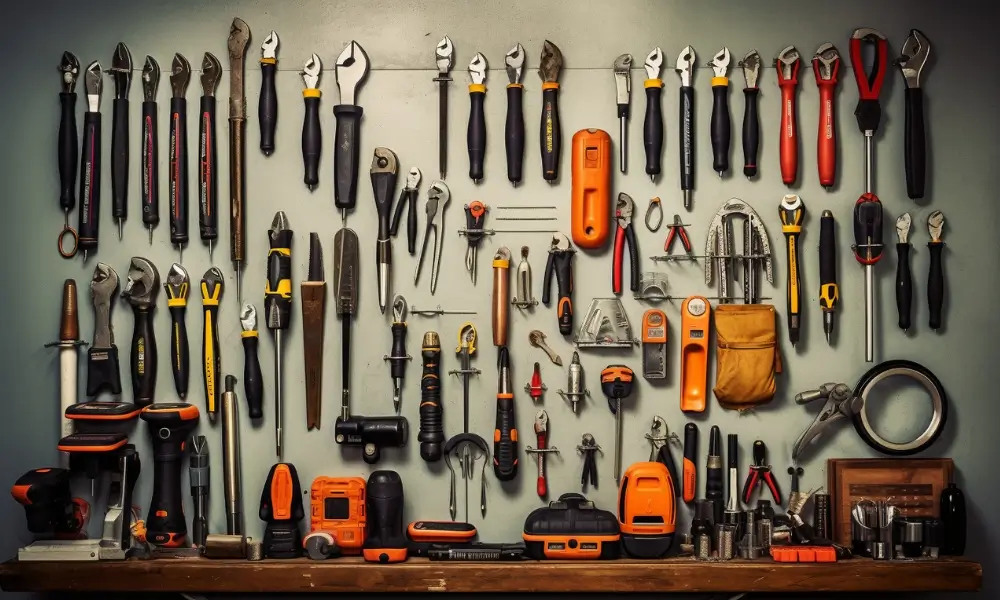In every field of work, from construction and manufacturing to cooking and gardening, our tools play a crucial role in our productivity, efficiency, and overall success. Choosing the right tools for the job is not just a matter of convenience or personal preference; it directly impacts the quality of our work, safety, and ability to achieve desired outcomes. Whether you’re a professional craftsman, a DIY enthusiast, or looking to tackle everyday tasks effectively, understanding the importance of selecting the right tools is essential.
Throughout history, humans have relied on tools to overcome challenges, accomplish tasks, and improve their way of life. From the earliest makeshift tools to the advanced machinery of the modern era, tools have evolved and become more sophisticated, reflecting our growing needs and technological advancements. The Industrial Revolution marked a turning point, introducing new machines and technologies that revolutionized industries and propelled society.
This blog will delve into the significance of selecting the right tools for the job. We will explore how the right tools can enhance productivity, ensure precision and quality, promote safety, save time and money, minimize frustration and stress, and even shape one’s professionalism and reputation. By understanding these crucial aspects, you will be equipped with the knowledge to make informed choices when selecting the appropriate tools for your specific tasks.

Importance Of Selecting The Right Tools For The Job
Selecting the right tools for a job is important for several reasons. Here are some key reasons why choosing the appropriate tools is crucial:
1. Increased Productivity
Selecting the right tools for the job is crucial for increased productivity. You can work more efficiently and effectively with tools designed to perform certain tasks. These tools are often optimized to streamline processes, minimize effort, and reduce the time required to complete a task. With the right tools, you can eliminate unnecessary steps, automate processes, and leverage their features to maximize output.
This enhanced productivity allows you to accomplish more within the same timeframe, meet deadlines, and even take on additional tasks. Choosing the right tools ultimately allows you to optimize your workflow and achieve higher productivity levels.
2. Improved Precision and Quality
Using the right tools for a job is essential for improving your work’s precision and quality. Each tool is specifically designed with features and capabilities that enable accurate and precise performance. Whether it’s a specialized measuring tool, a precision cutting instrument, or a finely calibrated instrument, these tools provide the necessary accuracy and control to achieve the desired outcome.
Using tools designed for precise work, you can ensure that your measurements are accurate, cuts are clean, and components are assembled precisely. This attention to detail and accuracy leads to a higher quality end result, whether a finely crafted piece of furniture, an intricately wired electronic circuit, or a successful surgical procedure. The right tools empower you to execute tasks with the precision required for professional-grade results.

3. Enhanced Safety
Selecting the right tools for the job is crucial for enhancing safety in the workplace. Tools designed for specific tasks or environments often have safety features that mitigate potential hazards. These safety features can include ergonomic designs to reduce strain and fatigue, guards or shields to protect against flying debris or accidental contact, and mechanisms that prevent accidental operation.
By using tools that are appropriate for the task at hand, you minimize the risk of accidents and injuries. These tools are designed to be used specifically, reducing the likelihood of misuse or improper handling.
4. Time and Cost Savings
Choosing the right tools for the job offers significant time and cost savings. You can work more efficiently and quickly complete tasks with the appropriate tools. These tools are designed to streamline processes, eliminate unnecessary steps, and provide the necessary features for smooth execution. This increased efficiency translates into time savings, allowing you to accomplish more within a given timeframe.
5. Minimized Frustration and Stress
Having the right tools for the job significantly minimizes frustration and stress during work. When you use tools that are not suitable for the task at hand, you can encounter numerous difficulties and setbacks. These ill-suited tools may not perform effectively, requiring excessive effort or multiple attempts to achieve the desired outcome. This can lead to wasted time, energy, and resources, causing frustration and impeding progress.
On the other hand, having the right tools allows you to work seamlessly, with fewer obstacles and less stress. The tools designed for the specific task enable smooth execution, providing the necessary functionality, precision, and ease of use.

6. Professionalism and Reputation
Selecting the right tools for the job has practical benefits and plays a significant role in shaping your professionalism and reputation. When clients or customers observe that you have the necessary tools for the task, it creates a positive impression of your competence and dedication to your work. It shows that you take your profession seriously and are committed to delivering high-quality results.
This instills confidence in your abilities and expertise, building trust and credibility in your professional relationships. As a result, satisfied clients are more likely to recommend you to others and provide positive referrals, leading to potential new opportunities and an expanded network.
7. Optimal Functionality
Optimal functionality is a key advantage of selecting the right tools for the job. Each tool is purposefully designed with unique features and capabilities that enable it to perform specific tasks efficiently and effectively. Using the appropriate tools, you can harness their intended functionality to the fullest extent. This means you can leverage the precise cutting ability of a sharp knife, the drilling power of a suitable drill, or the measuring accuracy of a calibrated instrument.
Using tools that align with their intended purpose allows you to work more efficiently, accurately, and effectively. You can achieve better results, avoid unnecessary errors or rework, and accomplish tasks with a higher level of effectiveness.
8. Ergonomics and Comfort
Considering ergonomics and comfort when selecting tools is crucial for promoting a healthy and efficient work environment. The right tools are designed with user comfort in mind, taking into account factors such as grip, weight distribution, and overall ergonomics. By using ergonomically designed tools, you can minimize strain and fatigue on your body, reducing the risk of injuries such as repetitive strain injuries (RSIs) or muscle strains.
Ergonomic tools are typically crafted to fit comfortably in your hand, allowing for a natural and secure grip. They also distribute weight evenly, reducing the strain on specific muscles or joints during prolonged use.

9. Training and Skill Development
Using the right tools goes hand in hand with training and skill development, as many tools require specific knowledge and techniques for proper usage. Investing time in learning to use tools correctly can significantly enhance your proficiency and expertise. By understanding the intricacies of a tool and mastering its functions, you can maximize its potential and achieve better results.
Training allows you to better understand the tool’s capabilities, safety protocols, and best practices for efficient and effective use. This knowledge contributes to your overall skill set, making you more competent and versatile.
10. Risk Reduction
Risk reduction is crucial to selecting the right tools for the job. Using the wrong tools can introduce various risks and hazards that can compromise the safety and integrity of your work. Tools not designed for the specific task may lack the necessary features, durability, or precision, increasing the likelihood of accidents or mistakes.
These risks range from structural instability due to inadequate fastening or support to material damage caused by improper cutting or handling.
Conclusion
In conclusion, selecting the right tools for the job cannot be overstated. The right tools are essential for enhancing productivity, achieving precision and quality, ensuring safety, saving time and money, minimizing frustration and stress, and upholding professionalism.
By carefully choosing tools that align with the specific requirements of each task, we can optimize our work processes, achieve better results, and work more efficiently. Moreover, the right tools contribute to a safer work environment, protect against accidents and injuries, and uphold industry standards.
Investing in high-quality tools and continuously improving our skills allows us to stay competitive, expand our capabilities, and open doors for personal and professional growth. So, let us recognize the power of selecting the right tools, as they become our trusted allies in accomplishing tasks effectively, confidently, and to the highest standards.

